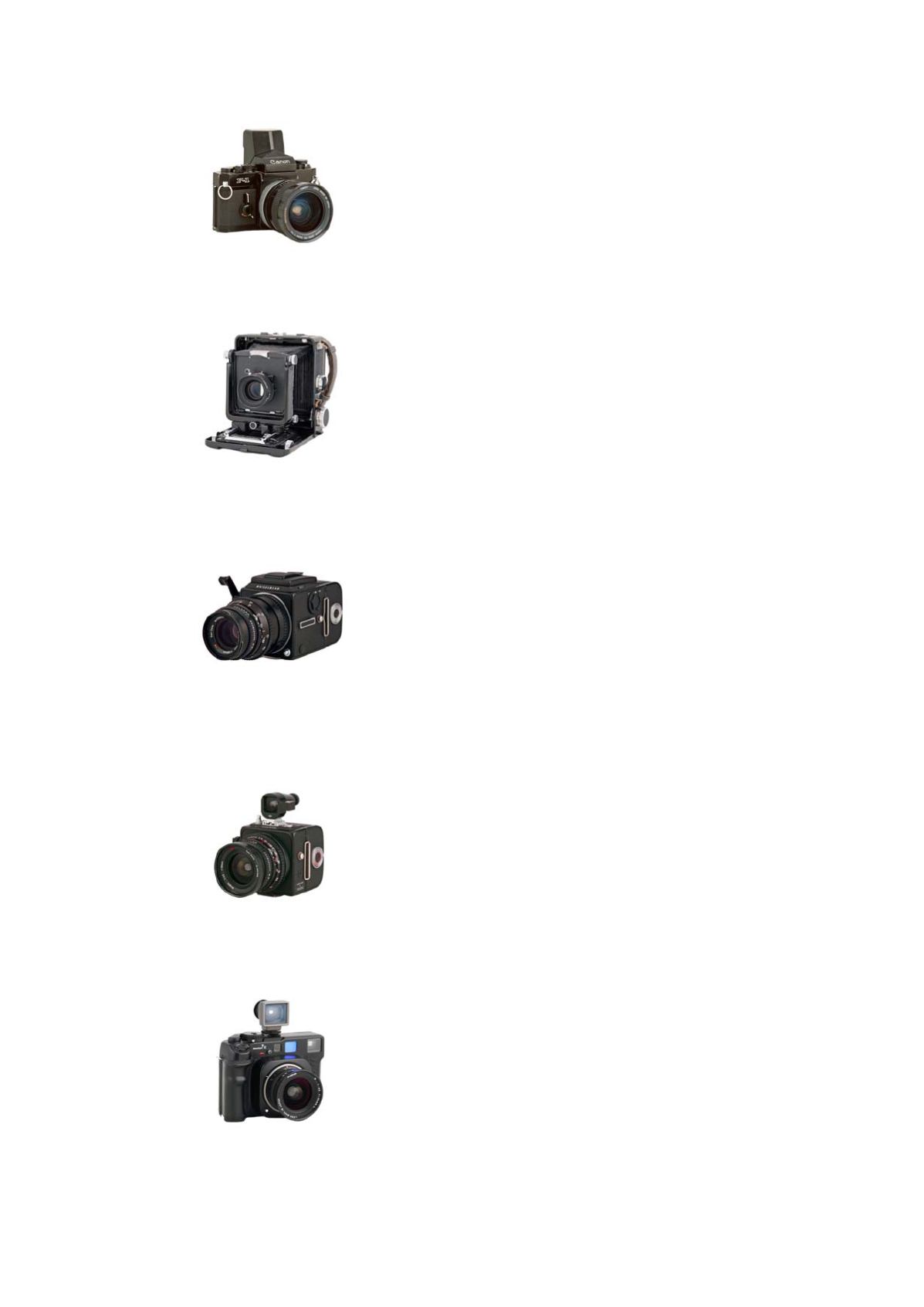
8
1982
Canon F-1 Indestructible small format camera
with sports viewfinder attachment
This camera was especially resilient in hot and cold condi-
tions. For easier framing, I used the sports viewfinder deve-
loped solely for this purpose. I worked with the camera for
a long time and enjoyed doing so.
1983
WISTA 4 x 5“
A loved one rarely touched
I liked this very robust camera at first sight. It was far less
expensive than the Linhof Technika but of similar quality.
After 20 years, the excellent Wista technicians carefully
overhauled the camera so that it appears as if it were new
today. Unfortunately, I am not a large-format photogra-
pher, but the camera is always close by. When I use it at ti-
mes, it is always with my Rodenstock lenses with a focal
length of 50-600 mm.
1989
Hasselblad 500
Finally, top of the line
A good camera, primarily due to the lenses and because of
its light weight. However, it fell back behind the competiti-
on fromMamiya, Rollei and Asahi over the years due to its
low degree of automation. And the newer version H3D is so
heavy – it weighs 2.3 kg – that it is no longer a Hasselblad in
the original sense of the word. The weight problem is also
an issue for Rollei and Asahi 6x6 or 6x7 cameras. Unfortu-
nately, there is no digital housing with a 6x6 cm chip for the
500 model.
1995
Hasselblad SWC Classic camera with unrivalled
imaging quality
This mechanical camera which is specialised for the wide
angle format is simply unsurpassed when it comes to beau-
ty and performance. Unfortunately, one must always carry
along the exposure metre if one wants to work with it – it
neither has TTL nor priority aperture nor auto-exposure.
2002
Mamiya 7 und 7II,
6 x 7- viewfinder camera
with top-quality lenses
As a landscape photographer, I worked more with this 6 x 7
camera than with any of the others. It is not much heavier
than a small-format SLR. With its set of top-quality lenses
aperture-preferred automation, it offers the travelling pho-
tographer everything he or she needs for the landscape
genre.


